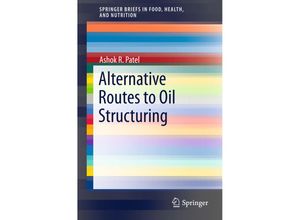
EAN: 9783319191379
Produktdaten aktualisiert am: 18.10.2025
Bilder-Quelle: discount24.de - Sport-Freizeit

Letzte EAN Aktualisierungen:
9783030109721 - SpringerBriefs in Population...9783319136820 - SpringerBriefs in Business ...
9783319713731 - SpringerBriefs in Business ...
9781461471288 - SpringerBriefs in Computer S...
9783030992873 - SpringerBriefs in Public Hea...
9783031317125 - SpringerBriefs in Social Wor...
9783030758288 - SpringerBriefs in Energy F...
9781493912636 - SpringerBriefs in Archaeolog...
kürzlich hinzugefügt:
9783319173375 - SpringerBriefs in Applied Sc...9783030157500 - SpringerBriefs in Applied Sc...
9783030109721 - SpringerBriefs in Population...
9783319534589 - SpringerBriefs in Law Iden...
9783030699772 - SpringerBriefs in Research a...
9783031317125 - SpringerBriefs in Social Wor...
9781461471288 - SpringerBriefs in Computer S...
9783319216041 - SpringerBriefs in Law Altr...